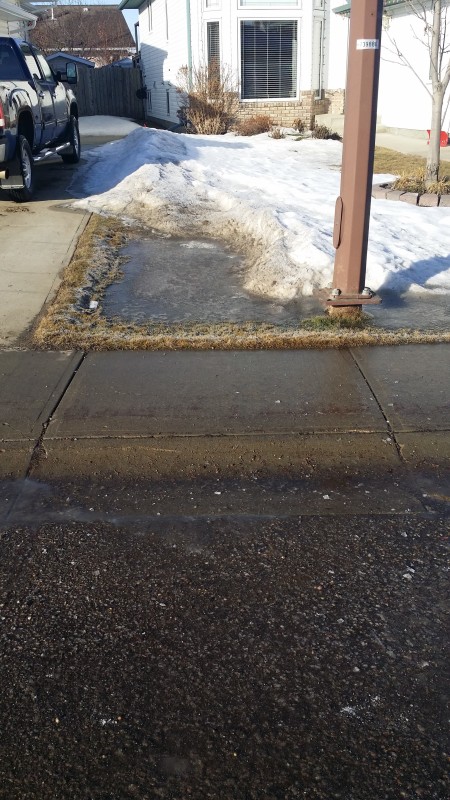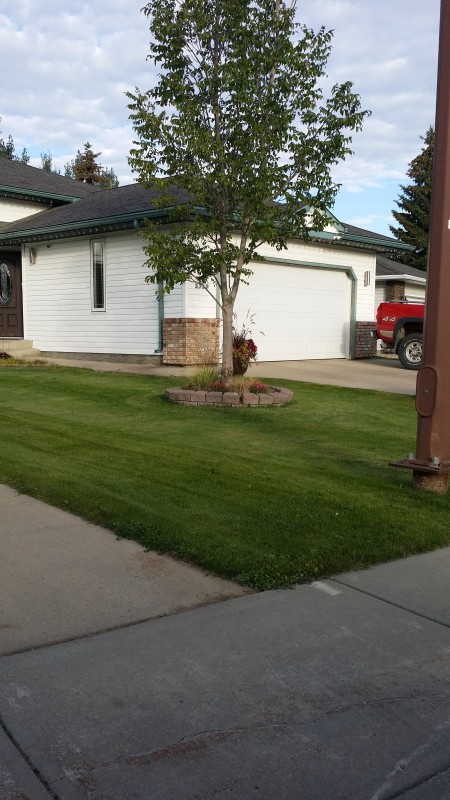PaulLevy
Civil/Environmental
- Sep 14, 2015
- 6
I am located in northern Alberta, Canada. I have been approached by someone with a peculiar problem on his property. Over the course of the winter, the front of his property subsides, anywhere from 10 to 30cm. This settlement then starts to disappear in spring following the thaw, and by mid-summer the ground has completely recovered. Started happening approximately five years ago. This past winter he tried to keep the snow off the yard, and the settlement was less pronounced (~10cm instead of the typical ~30cm). House was constructed in 1996. The location of the lot services doesn't coincide with all of the area of settlement, so I'm hesitant to suggest that's the cause. He feels it may be related to the neighbor's concrete driveway (which is adjacent to the settlement) being poured on bare clay instead of gravel, and is reportedly pinned to the house. While the driveway does show some cracking, nothing suggests to me there is significant heave there, and I find it unlikely a concrete slab would cause a settlement.
Any suggestions? I'm rather stumped by this one.
Any suggestions? I'm rather stumped by this one.


